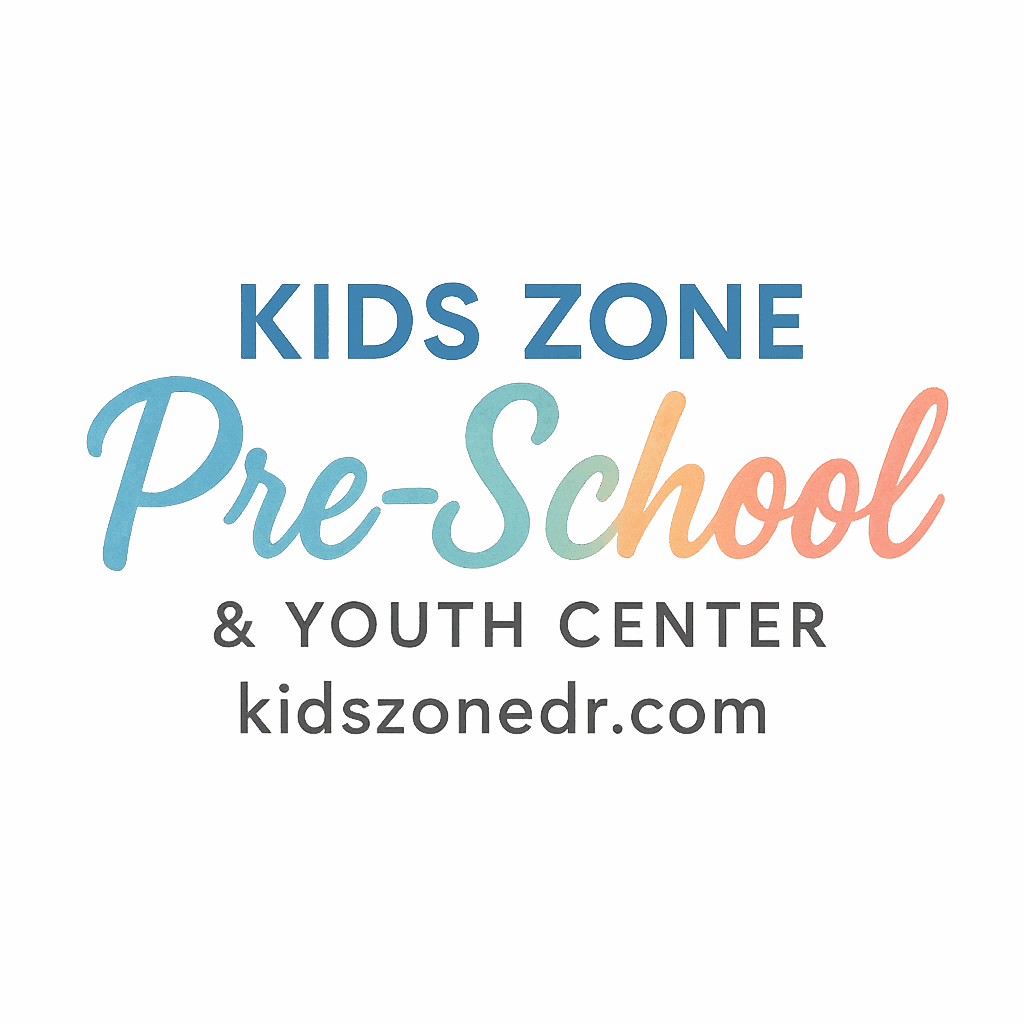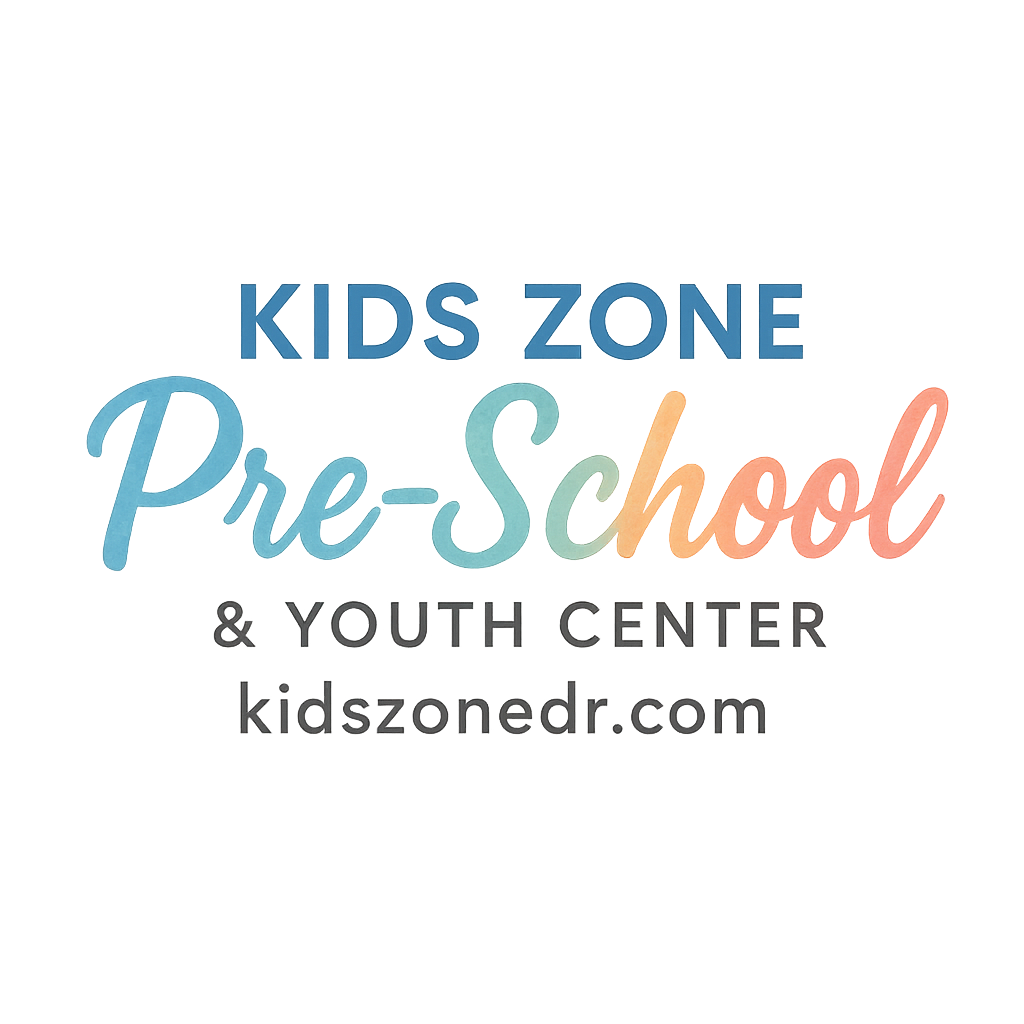Introduction
When it comes to motivating preschoolers, we all want methods that are effective, supportive, and nurturing. But it’s essential to recognize the difference between using rewards to encourage positive behavior and relying on bribes. In this article, we’ll explore 5 reward systems that motivate preschoolers without resorting to bribery, ensuring that children are learning good habits while still feeling valued. By using strategies that focus on positive reinforcement, you can encourage your preschooler’s growth in a way that feels natural and beneficial.
Why Reward Systems Are Important for Preschoolers
Reward systems are critical because they help preschoolers understand the value of their actions. At this stage of development, children are learning everything from social skills to responsibility and self-regulation. Positive reinforcement boosts their self-esteem and encourages behavior that will help them thrive in the long run. Whether you’re a parent or a teacher, implementing effective reward systems can significantly enhance a child’s growth.
What Is the Difference Between Rewards and Bribes?
Before diving into specific reward systems, let’s first establish the distinction between rewards and bribes, as this can often be confusing.
Defining Rewards in Preschool Context
A reward is a tool used to reinforce positive behavior after it occurs. For example, praising a child for cleaning up their toys is a reward because it acknowledges the behavior that has already taken place.
Understanding Bribes and Their Negative Effects
On the other hand, a bribe is offered before a behavior happens with the intent to encourage a specific action. For instance, telling a child that they’ll get candy for cleaning up their toys is a bribe. Over time, this can lead to children expecting rewards for every action, which can negatively impact their behavior in the future.
Reward System 1: Verbal Praise and Encouragement
One of the easiest and most effective reward systems is verbal praise and encouragement. This method works wonders because it immediately acknowledges the child’s effort and builds their confidence.
The Power of Words
Preschoolers are very receptive to praise and encouragement. Simple, sincere compliments can make them feel accomplished and validated. The key here is to be specific about what you’re praising. Instead of just saying “Good job,” try something like “You did an excellent job putting all your toys away!” This helps the child connect the praise with the behavior you want to reinforce.
How to Implement Verbal Praise Effectively
Verbal praise should be given immediately after the positive behavior. The more specific and genuine the praise, the more likely the child is to repeat the behavior. Over time, positive reinforcement will help them develop intrinsic motivation.
If you’re interested in learning more about fostering positive behavior in preschool, check out our guide on parental guidance and involvement.
Reward System 2: Sticker Charts and Visual Cues
Sticker charts are a great visual tool for preschoolers to see their progress. This system provides instant feedback, which is essential for younger children.
How Sticker Charts Motivate Preschoolers
Sticker charts allow preschoolers to track their achievements, which keeps them motivated. As they fill up the chart with stickers, they can see their hard work paying off. This sense of accomplishment can drive them to continue good behaviors, like cleaning up after themselves or following instructions.
Step-by-Step Guide to Using Sticker Charts
- Choose a Goal: Decide what behavior or task the chart will track. This could be anything from brushing teeth to completing daily routines.
- Create the Chart: You can either draw a chart or print one off the internet. Make sure the chart has clear spaces for each task to be marked with a sticker.
- Assign Stickers: Each time your preschooler completes the task, reward them with a sticker.
- Celebrate Achievements: When the chart is full, celebrate their success. The reward doesn’t have to be material—perhaps a fun family outing or extra playtime.
For more tips on daily routines and activities, visit our page on daily routines in preschool.
Reward System 3: Token Systems (Classroom Tokens)
Token systems involve giving children tokens (such as coins or points) that they can later exchange for rewards. This method encourages delayed gratification and teaches responsibility.
How Token Systems Foster Responsibility
With token systems, preschoolers learn to earn rewards over time rather than expecting them immediately. The delayed reward helps them understand that positive behaviors lead to valuable outcomes in the long run.
How to Set Up a Token System in the Classroom
- Determine the Tasks: Choose behaviors or tasks that will earn tokens (e.g., staying on task, listening during lessons).
- Create Tokens: You can use actual coins, colorful tokens, or even stars drawn on paper. Choose something that’s easy for preschoolers to manage.
- Set a Reward: Once a child has earned enough tokens, allow them to exchange them for a reward, such as extra playtime, a favorite activity, or even a small treat.
- Consistency is Key: Make sure to follow through with token rewards and maintain the consistency of the system for the best results.
For more information on how to manage preschool learning and development, take a look at our detailed guide on preschool learning development.

Reward System 4: Natural Consequences and Responsibility
Natural consequences involve letting children experience the outcomes of their actions, which teaches them responsibility and decision-making skills.
Linking Actions to Outcomes
This system helps children understand the direct relationship between their behavior and the result. For example, if a child doesn’t clean up their toys, the consequence might be that they won’t be able to play with them until later. Natural consequences help preschoolers develop a strong sense of responsibility and ownership over their actions.
Real-Life Examples of Natural Consequences
- Toys Left Out: If toys aren’t put away, they might be taken away for the rest of the day.
- Late for Snack Time: If a child doesn’t listen when it’s time to eat, they may have to wait until the next snack time.
- Respecting Others: If a child doesn’t share, they may miss out on group playtime.
To learn more about fostering responsibility in young children, read about health and safety in preschool.
Reward System 5: Group Praise and Team Activities
Group praise and team activities help create a supportive, cooperative environment in which children can learn the value of teamwork and collective achievement.
Building a Sense of Community
When preschoolers work together and receive group praise, it reinforces the idea that collaboration is an important skill. Working as a team also helps children understand that their actions affect others, fostering empathy and cooperation.
How to Make Group Praise Work in the Classroom
- Set Group Goals: Encourage the entire class to work together toward a common objective, such as cleaning up or finishing a group puzzle.
- Celebrate Together: Once the goal is achieved, celebrate the success with group praise, whether it’s a round of applause, a song, or a fun activity.
- Foster Teamwork: Teach children to support each other in completing tasks. Positive peer interactions are invaluable at this stage.
To learn more about nurturing preschool teamwork, check out our article on classroom features and dynamics.
Common Pitfalls to Avoid with Reward Systems
While reward systems are effective, there are a few pitfalls you should watch out for to ensure their success.
Overuse of Rewards
Excessive rewards can diminish their impact. If rewards are given too often or for every minor task, children may begin to expect them for all behavior, rather than associating them with truly noteworthy actions.
Inconsistency in Applying Reward Systems
If rewards aren’t applied consistently, children may become confused and less motivated to engage in the desired behavior. Consistency is key to ensuring the success of any reward system.
For tips on creating consistent routines, read our article on school search and structure.
Conclusion
Reward systems are an invaluable tool for motivating preschoolers in a healthy, supportive way. Whether you’re using verbal praise, sticker charts, token systems, natural consequences, or group praise, it’s essential to tailor the system to the child’s needs and to avoid overusing rewards. When done thoughtfully, reward systems can help preschoolers develop good habits, take responsibility, and feel confident in their abilities.
FAQs
- How do I know if my preschooler is motivated by rewards?
Preschoolers are motivated by rewards if they show enthusiasm or increased engagement in the tasks they are being rewarded for. - Can rewards lead to entitlement?
Yes, if rewards are overused or given for every small task, they can lead to entitlement. It’s important to strike a balance. - What age is best to start using reward systems?
Preschool age, typically 3-5 years old, is a great time to start using simple reward systems as children are learning self-regulation. - How can I ensure rewards are not seen as bribery?
Rewards should always come after the behavior, not before. Ensure the reward is tied to the accomplishment, not an ongoing promise. - How do I create a balanced reward system?
A balanced system involves using a variety of rewards, being consistent, and ensuring the rewards align with the child’s developmental needs. - Can rewards work for children with behavioral challenges?
Yes, when used thoughtfully, reward systems can be very effective for children with behavioral challenges by encouraging positive behavior and self-regulation. - How do I make sure rewards are fair for all children in the classroom?
Ensure that the reward system is transparent and applied equally to all children, with clear expectations and consequences.


